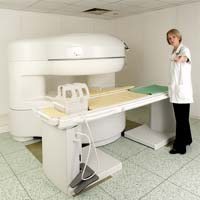Experimental Drug May Offer “Brilliant Hope” for Mesothelioma Treatment
HUHS1015 is a newly-synthesized analogue (chemically similar compound) of the blood pressure drug naftopidil. In the U.S., naftopidil is sold under the brand name Flivas and is also used to treat certain prostate conditions and Raynaud’s disease. In 2014, another Japanese research team published their findings on the anticancer properties of naftopidil, which appears to increase the expression of certain microRNAs associated with programmed cell death (apoptosis). In their new report on HUHS1015, scientists with the Hyogo College of Medicine and the Hyogo University of Health Sciences say the drug not only induced apoptosis in mesothelioma cells as well as naftopidil, but it also triggered necrosis, the premature death of cancer cells. According to author Tomoyuki Nishizaki and colleagues, HUHS1015…









